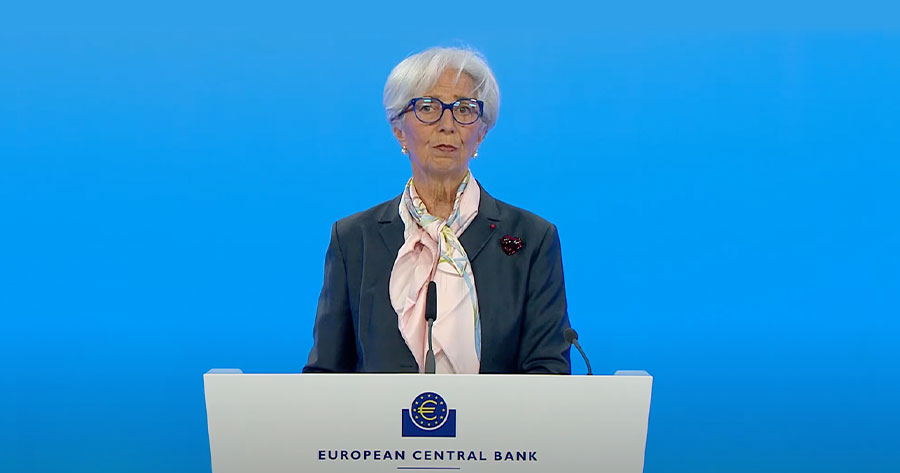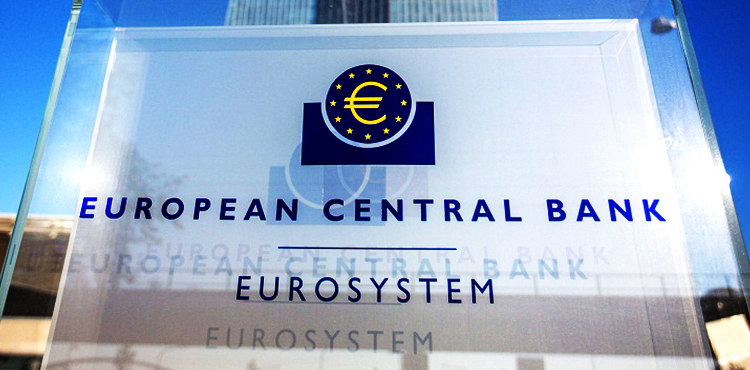The European Central Bank is expected to lift its deposit rate out of negative territory by the end of September and could raise it further if it sees inflation stabilising at 2%, ECB President Christine Lagarde said on Monday.
“Based on the current outlook, we are likely to be in a position to exit negative interest rates by the end of the third quarter,” Lagarde said in a blog post published on the ECB’s website.
The ECB’s deposit rate is currently -0.5%, meaning banks are charged to park cash at the central bank, and has been below zero since 2014 as the central bank fought too low inflation.
But prices have been soaring in recent months as the price of fuel jumped due to factors including Russia’s invasion of Ukraine and spilled over onto other goods.
Headline inflation in the euro zone hit an all-time high of 7.4% in April and even measures that strip out food and energy far exceeded the ECB’s 2% target.
Lagarde opened the door to further rate hikes towards what economists call the neutral level – an unobservable rate which brings economic output into line with its potential – or even above it.
“If we see inflation stabilising at 2% over the medium term, a progressive further normalisation of interest rates towards the neutral rate will be appropriate,” Lagarde added.
“If the euro area economy were overheating as a result of a positive demand shock, it would make sense for policy rates to be raised sequentially above the neutral rate,” she said.
But she cautioned that the pace and size of those rate increases could not be determined at the outset as the economy faced supply shocks such as China’s pandemic-related restrictions and disruptions related to the war in Ukraine.
“This creates more uncertainty about the speed with which the current price pressures will abate, about the evolution of excess capacity, and about the extent to which inflation expectations will continue to remain anchored at our target,” Lagarde said.




